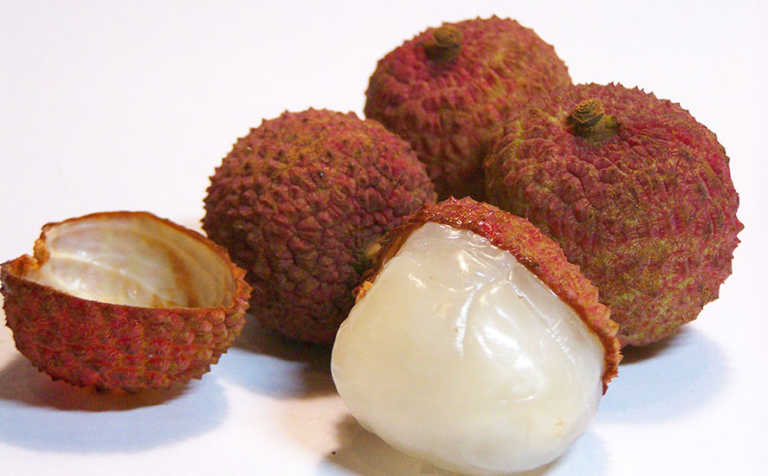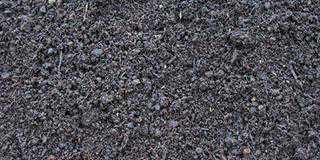
Photo: FW Archive
At least a year before planting, examine the soil to make sure it is suitable for litchis. It should be between 1m and 2m deep.
Arrange for a soil analysis to be carried out, and prepare the soil accordingly. If the soil is highly acidic, heavy lime applications may be necessary.
Scatter two-thirds of the recommended quantity over the planting area, mixed with the topsoil, and then plough it in as deeply as possible at least nine months before planting.
Calcium (lime) moves very slowly downwards into the soil and must therefore be worked in to the depth of the root zone.
Plant a cover crop and plough it in about six months later to improve the organic matter of the soil.
Scatter and incorporate the remaining lime (one-third) and all the required phosphate at the same time. The litchi trees can be planted three months later.
If a lighter lime application (2,4t/ha) is required, work the lime into soil at least three months before planting and work phosphate into the soil one month before planting.
Planting
Litchi trees have a long life and grow large – a 25-year-old tree can have a crown diameter of 12m.
They should therefore be planted far apart to eliminate competition and prevent branches of adjoining trees from growing into each other.
The ideal planting distance is 9m x 6m. The entire outer area of the tree must be exposed to sunlight and air movement.
Litchi trees can be transplanted throughout the year, but the best time is during spring or at the beginning of the rainy season.
Planting holes should be square and 300mm x 500mm in size, in deep-ploughed soil and 500mm x 500mm in unploughed soil.
Mix the topsoil with compost and add it back into the bottom of the hole.
When planting the tree, remove the container and loosen the soil around the roots without damaging them. After planting, compress the soil slightly by treading it. Wet the soil around the tree immediately after planting and place mulch around each tree.
The importance of regular watering
Because the edible portion of the litchi fruit has a water content of 86%, the trees need regular watering.
It is therefore essential to provide enough water from the flowering stage until after the February/March flush following the harvest. A water shortage will delay development of the fruit and adversely affect size, mass and quality.
Continue irrigation after harvesting to ensure that a normal growth flush occurs during February/March, just before the dormant period. Reduce irrigation during dormancy (April to July), but do not stop it completely (although too much water is as bad as too little).
Source: Directorate Communication, department of agriculture, in co-operation with ARC-Institute for Tropical and Subtropical Crops.













